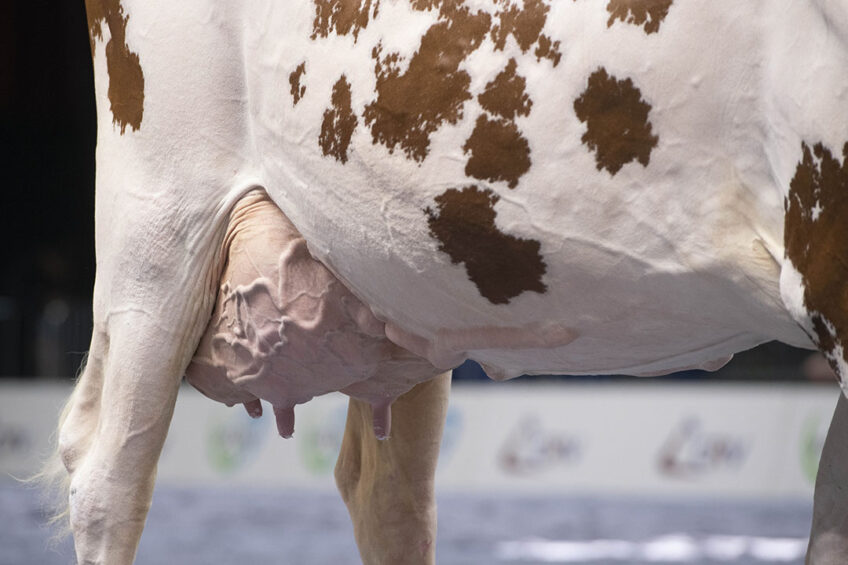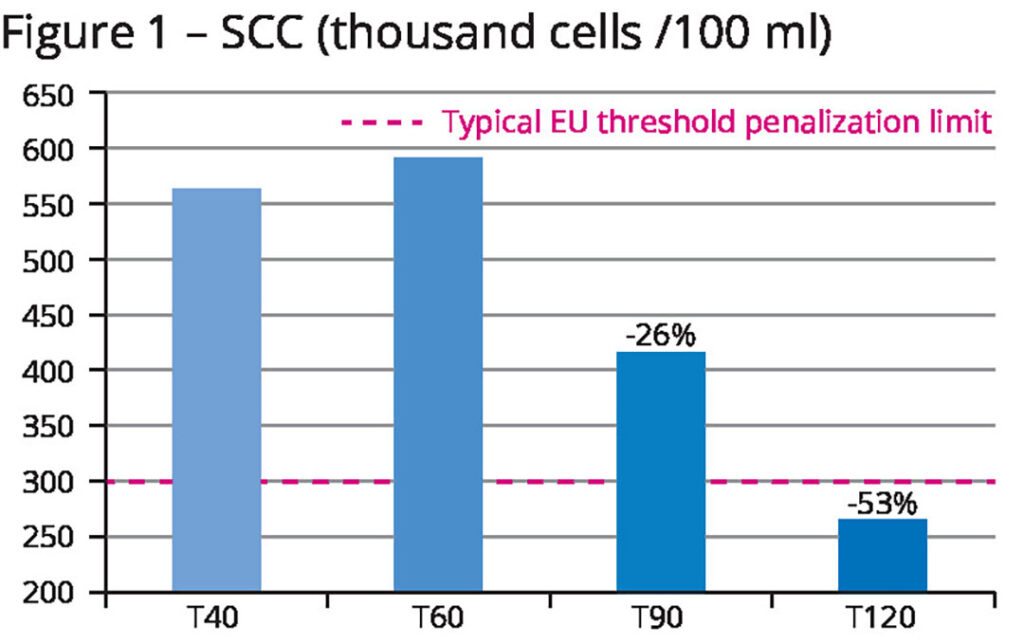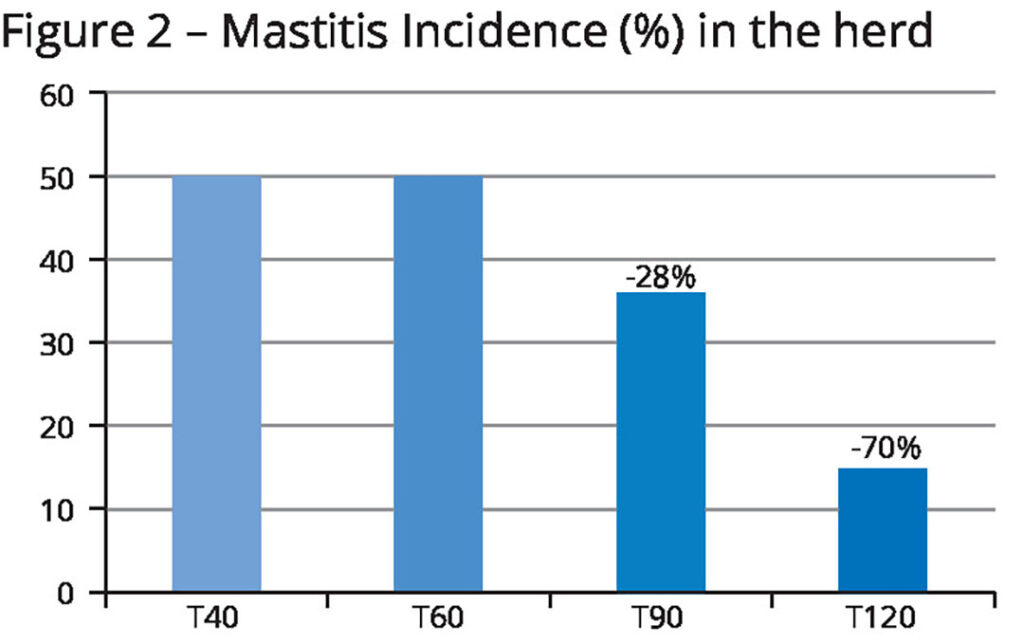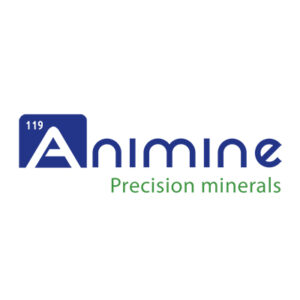Improving udder health with zinc

Mastitis is still one of the main challenges for dairy cows worldwide. Its multifactorial origin and subclinical prevalence make this disease a threat to the profitability of dairy farms. However, a multifactorial approach, and specifically zinc supplementation, may help to prevent the disease.
Mastitis is an inflammation of the udder that has a multifactorial cause. The etiological agents causing mastitis are very vast and complex; large numbers of micro-organisms are known to cause the inflammation (Staphylococcus spp., Streptococcus spp., etc.). Moreover, the stage of lactation, lactation number, trauma to udder and teat, loose teat sphincters, lesions on teat skin and immunological status of each mammary gland are among the animal determinants that affect mastitis incidence in dairy cows. The milking process (milking duration, vacuum level, etc.) and the machinery used, with special focus on hygiene, will also affect incidence.
Clinical and subclinical mastitis
The condition presents either as local inflammation of the udder with swelling, heat, pain, redness and abnormal-looking milk production, for example, discoloration or clots (described as clinical mastitis), or as an increased somatic cell count (SCC) with normal appearance of the milk (subclinical mastitis). Moreover, available data demonstrate that subclinical mastitis is 15-40 times more prevalent than clinical mastitis. This suggests that subclinical mastitis is of greater importance than the clinical form as it contributes to much greater economic losses to farmers, partly due to lack of awareness about the costs caused by subclinical mastitis.
The bacteria that cause mastitis multiply and produce toxins that injure milk-secreting tissue and various ducts in the mammary gland. The inflammation consists of white blood cells (leukocytes) being released into the mammary gland in response to the bacterial invasion. The elevated SCC is a measure of the degree of inflammation in the udder, and it is taken into account to determine penalties or bonuses based on the quality of the milk.
Inflammation is known to be detrimental to the mammary gland, but it is also detrimental for other organs and systems of the cow. The occurrence of clinical mastitis caused by both gram-negative and gram-positive pathogens also causes reduced conception rates and increased days to conception. Mastitis, particularly clinical mastitis, also has a huge impact on animal welfare.
Effect of potentiated zinc in the mammary gland
Zinc has several functions that affect the mammary gland. The main ones are keratinisation and skin health and boosting of the immune system. Zn plays an important role in maintaining the integrity of skin due to its role in cellular repair and replacement and in increasing the speed of wound healing. It also has an important role in the multiplication and differentiation of the cell in the dermis and epidermis, since it is a co-factor of enzymes like DNA and RNA polymerase. A great concentration of Zn is present in stratum corneum of ductus papillaris, especially in the keratin. Ductus papillaris is the primary physical barrier, preventing penetration of micro-organisms into the udder parenchyma. Changes concerning the ductus papillaris, especially its stratum corneum, lead to weakening of the first line of defence. Approximately 40% of the keratin lining is removed at each milking; therefore, it requires constant regeneration.
 Regarding the immune function, Zn acts as a cofactor with copper in some antioxidant enzymes (superoxide dismutase). Mastitis is associated with release of free radicals, increased total oxidant capacity and decreased total antioxidants capacity in milk. Antioxidant minerals, like Zn, protect the cow from free radicals. This antioxidant property, and also the stabilisation of membranes, suggests its role in the prevention of free-radical-induced injury during inflammatory processes. Zinc is also crucial for the development and proper function of cells mediating innate immunity, such as neutrophils.
Regarding the immune function, Zn acts as a cofactor with copper in some antioxidant enzymes (superoxide dismutase). Mastitis is associated with release of free radicals, increased total oxidant capacity and decreased total antioxidants capacity in milk. Antioxidant minerals, like Zn, protect the cow from free radicals. This antioxidant property, and also the stabilisation of membranes, suggests its role in the prevention of free-radical-induced injury during inflammatory processes. Zinc is also crucial for the development and proper function of cells mediating innate immunity, such as neutrophils.
To reach the peak of lactation with a maximum concentration of Zn in the mammary gland, it is recommended to start Zn supplementation during transition. The supplementation should be done with a rumen-stable source that is dissociated in the abomasum at low pH.
Increasing zinc supplementation
A trial with IRTA was carried out in Spain that aimed to evaluate increasing doses of potentiated Zn on udder health. Cows were divided into four homogeneous groups. The basal diet had 40 ppm of Zn, from forages and concentrates (native minerals). Increasing doses of Zn (0, 20, 50, 80 ppm) from HiZox, a potentiated zinc source, were given to each treatment. The amounts of Zn in the total mixed ration were 40(T40), 60(T60), 90(T90) and 120(T120) ppm. Cows received poor quality silage and bedding to challenge them to increase oxidative stress, SCC and mastitis incidence.
 The SCC in the T40 and T60 treatment groups were higher than 550,000 cells/100ml, indicating poor quality of the milk. In the group of cows that received 90 ppm of Zn (T90), the SCC was reduced to 400,000 cell/100ml (-26% compared with T40). And with the highest Zn dose (T120), the SCC was 250,000 cell/100ml (-53% compared with T40). A common European threshold for penalisation is 300,000 cells/100ml, but it can vary depending on the country. Under a challenge situation, cows with the highest Zn dose met the European threshold, avoiding the penalisation.
The SCC in the T40 and T60 treatment groups were higher than 550,000 cells/100ml, indicating poor quality of the milk. In the group of cows that received 90 ppm of Zn (T90), the SCC was reduced to 400,000 cell/100ml (-26% compared with T40). And with the highest Zn dose (T120), the SCC was 250,000 cell/100ml (-53% compared with T40). A common European threshold for penalisation is 300,000 cells/100ml, but it can vary depending on the country. Under a challenge situation, cows with the highest Zn dose met the European threshold, avoiding the penalisation.
The mastitis incidence was 50% in the T40 and T60 cows. With the increased dose to T90 (90 ppm Zn), the mastitis incidence decreased to 35%. And when the dose was increased to T120 (120 ppm Zn), the mastitis incidence was reduced to 17%. The increase in total dietary Zn, over the National Research Council recommendation, helped cows improve udder health under a challenge situation.
Mastitis and profitability
Bovine mastitis is the most prevalent and costly disease in dairy cattle worldwide. There are clear economic losses due to decreased quantity and quality of milk, discarded milk and disease treatment costs (antibiotics, veterinarians, etc.). But there are also other hidden losses. For example, this disease is one of the most common reasons cows are removed early from the herd. Increased costs to achieve pregnancy due to reduced reproductive performance should also be taken into account. So a complete economic analysis should also include losses due to premature culling, compromised conception rate, repeated cases, and so on. This situation creates a great economic burden for dairy farmers annually.
Avoiding antibiotic resistance
Much of the antibiotic use in dairy herds is related to udder health. However, concern about conventional antibiotic treatments for mastitis has greatly increased due to the emergence of multiple antibiotic-resistant bacteria. Therefore, it is now essential to focus on preventive strategies such as the use of potentiated Zn to prevent mastitis. As demonstrated by the trial, the preventive use of potentiated Zn in challenging situations on dairy farms has reduced mastitis incidence levels. Successful udder-health management should aim to minimise antibiotic use.
Conclusion
Bovine mastitis remains a major challenge for high-producing dairy farms. Its high prevalence and subclinical nature underestimate the real costs of this disease. When real total costs are calculated, it is easier to know how much can be invested in prevention. Supplementation with potentiated Zn is a valid option for preventive udder health management to reduce SCC content in milk and mastitis incidence in the dairy herd. The use of a mastitis prevention strategy will also help to reduce the use of antibiotics, avoiding the development of resistant bacterial strains.
Join 13,000+ subscribers
Subscribe to our newsletter to stay updated about all the need-to-know content in the dairy sector, two times a week.


